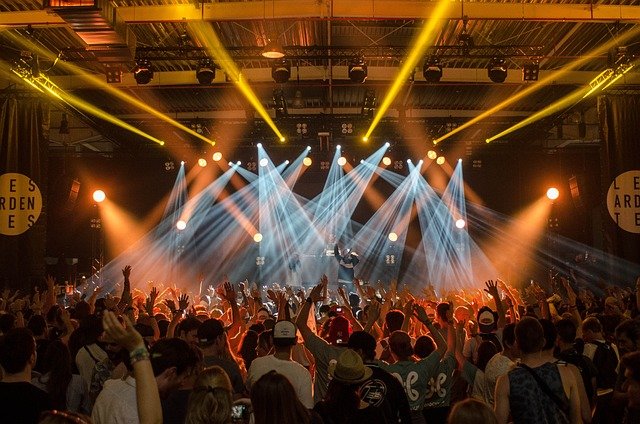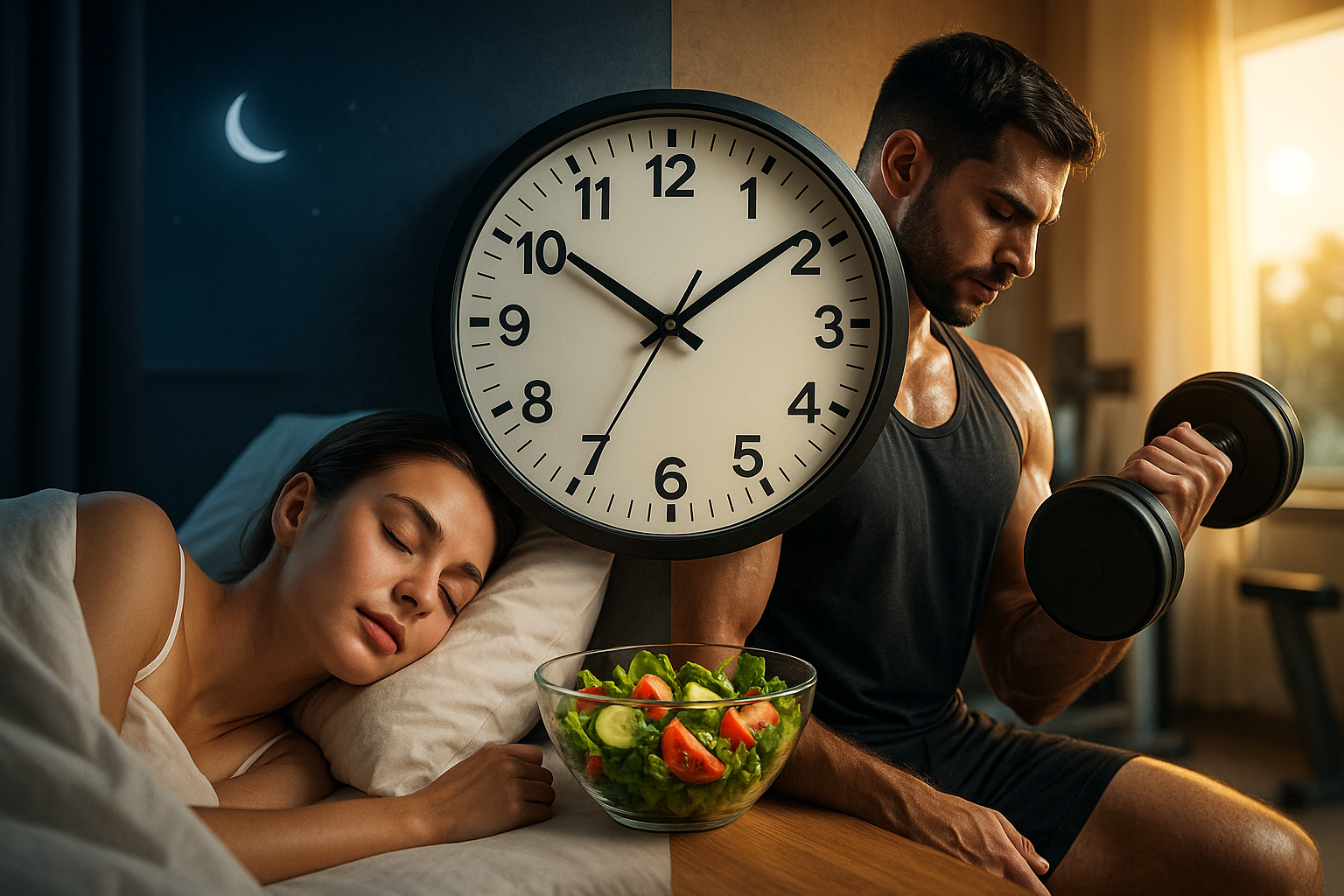Cross-Promotion Strategies Between Performances and Workshops
Cross-promotion between performances and workshops strengthens audience relationships and broadens engagement pathways across theatre, concerts, exhibitions, and festivals. By aligning programming, curation, and outreach with clear ticketing and communication practices, organisations can create complementary experiences that encourage repeat visits and deeper participation.

Cross-promotion between performances and workshops helps organisations connect one-off attendees with ongoing learning and community engagement. When programming links a theatre production to a related workshop, or a concert series to a masterclass, audiences receive context that enhances their experience. Effective cross-promotion prioritizes clear messaging, practical ticketing options, and coordinated outreach so people can move naturally from discovery to participation without friction.
How can theatre programming tie into workshops?
Theatre programming can be paired with workshops that explore acting technique, playwriting, or stagecraft relevant to a running production. Schedule post-show discussions, scene-study sessions, or script-writing labs that reflect the themes or methods used in the performance. Position workshops as opportunities to deepen understanding rather than as sales pitches: frame them around learning outcomes, time commitments, and the specific creative skills participants will practice.
Integrating workshop content into season brochures and newsletters helps audiences see the continuity between offerings. Provide bundled ticketing options that combine a performance and a workshop, and offer targeted discounts for students or members who participate regularly. Clear curation of topics and instructors builds trust and makes it easier for audiences to choose complementary events.
How can concerts and tours be promoted alongside workshops?
Concerts and tours can be cross-promoted with masterclasses, instrument clinics, or behind-the-scenes sessions that appeal to both fans and practitioners. For example, a touring musician might offer a rehearsal demonstration or a Q&A for ticket holders in the same city. This creates an additional touchpoint for audiences and can boost on-site sales of merchandise and advance ticketing for related dates.
Use segmented newsletters to highlight these pairings to subscribers who have shown interest in similar genres or artists. Personalization—such as recommending a workshop to a subscriber who previously bought a specific performer’s tickets—improves relevance and conversion. Consider limited-capacity offerings to create urgency while maintaining accessibility through scholarships or pay-what-you-can options.
How do exhibitions and curation support workshop tie-ins?
Exhibitions lend themselves to hands-on workshops in curation, conservation, or medium-specific techniques like printmaking or sculpture. Curators can develop programs that expand on exhibition themes, offering practical sessions for different skill levels and school groups. Aligning workshop content with the exhibition narrative reinforces the show’s messages and encourages return visits for deeper exploration.
Provide visitors with clear signage and ticketing pathways that make it simple to register for a workshop during a museum or gallery visit. Cross-promote within the exhibition space using QR codes that lead to alternative dates and program details, and highlight educator-led sessions for teachers and community groups to broaden outreach.
What role do festivals and outreach play in cross-promotion?
Festivals naturally bundle performances, workshops, panels, and tours, making them ideal environments for cross-promotion. Design festival programming tracks that group related performances and educational sessions together, allowing attendees to create themed itineraries. Outreach initiatives can bring workshop previews into community centers or libraries to drive festival attendance and increase accessibility.
Coordinate ticketing tiers that include both festival admission and selected workshops, and use on-site information hubs to guide audiences through available options. Partnerships with local services—schools, cultural organizations, and tourism offices—can help reach underrepresented audiences and create sustained engagement beyond the festival dates.
How should ticketing, newsletters, segmentation, and personalization be used?
Ticketing systems should support bundles, add-ons, and clear refund or transfer policies to reduce friction when audiences sign up for both performances and workshops. Use newsletters to promote paired offers and include clear calls-to-action that link directly to combined checkout pages. Implement segmentation based on past purchases, geographic location, and expressed interests to deliver more relevant promotion.
Personalization increases conversion: recommend a workshop based on prior attendance at a concert or exhibition, and use dynamic content in emails to show nearby dates for tours or performances. Include simple analytics tags in links to measure which pairings drive registrations so programming and promotion can be iterated on evidence rather than intuition.
How can analytics and outreach improve cross-promotion over time?
Collect data on who buys combined tickets, attends workshops after performances, or engages with newsletter content. Use analytics to identify successful pairings, peak conversion channels, and audience segments that respond to different messaging. Metrics such as repeat attendance, average purchase value, and workshop-to-performance conversion rates reveal what programming combinations work.
Outreach informed by analytics allows teams to refine curation and promotion: prioritize workshops with high repeat attendance, adjust price points or scheduling to remove barriers, and develop tours or satellite programs that extend a production’s reach. Continuous evaluation helps organizations allocate marketing resources where they produce the best audience development outcomes.
Cross-promotion between performances and workshops is most effective when it centers audience needs, clear curation, and seamless logistics. By coordinating programming, ticketing, newsletters, and analytics, organisations can create layered experiences that deepen engagement across theatre, concerts, exhibitions, and festivals and support long-term audience development.





